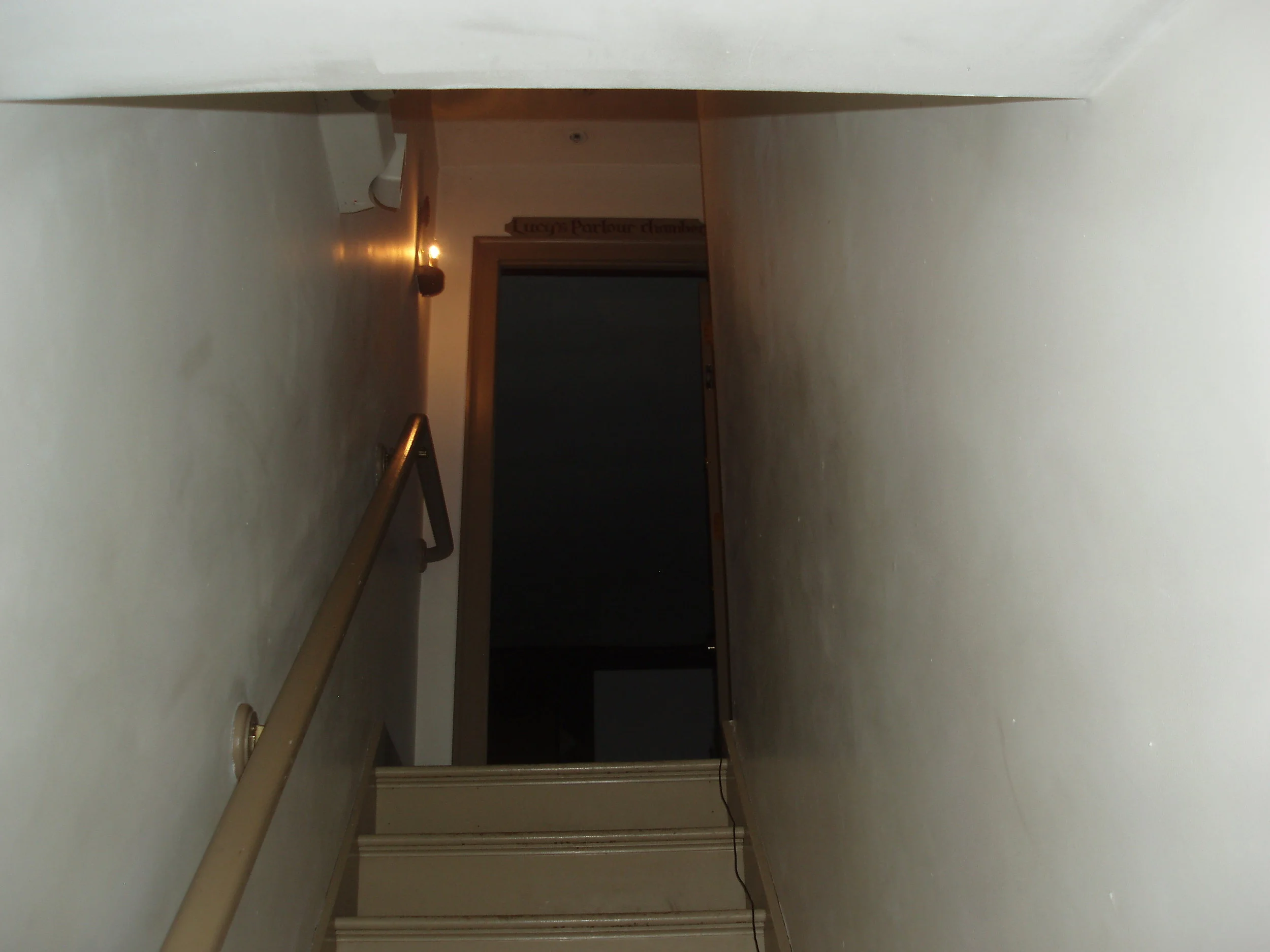What is a Ghost?
Michael OHara
Recently, I have been in an ongoing dialogue with friends and colleagues about the meaning of words like ghost, spirit, the dead, ancestors, etc. Inspired by this, I thought I would clear up some of my own ideas, especially about the idea of ghosts and spirits. This turns out to be a less simple task than I thought.
I use as my starting point, the definition of Frederic Myers, who was a founding member of the Society for Psychical Research, and wrote a book called Human Personality and its Survival of Bodily Death that should be required reading for paranormal investigators. Myers defines a ghost as a “manifestation of persistent personal energy,” which may or may not indicate any continuing action on the part of a deceased person. This is about the best definition I have heard, although I think I would change the phrasing slightly to something like “may indicate varying degrees of continuing action on the part of a deceased person.” I think we need to think about it more on a continuum of consciousness and agency rather than a binary “may or may not.”
Most of our clients tend to think that any paranormal activity they experience is being caused by a conscious spirit with intention. But researchers and investigators tend to break activity into two broad categories of “residual energy” (or, a “residual haunting”) on one hand and active spirit activity on the other. Residual activity, or what Myers calls “veridical after-images,” seem to operate like an imprint of people or events that have occurred in a place, and often manifests as sounds such as voices or footsteps, or visual apparitions. This kind of activity can be an interesting study in itself, since the imprints can be deceiving. For example, we have had cases where we can hear and record, from a first-floor living room, what seems to be the sound of footsteps in the room above. However, recorders in the room above capture no sounds. This seems to imply that the “after-image” (or sound in this case) belongs to the first-floor room and is not actually occurring in the room above.
I once explained residual activity to a client using the metaphor of turning off a lightbulb. Even after the electricity is turned off, you may still be able to see the glow of the bulb for a short time. And even after that fades, you may still feel warmth from the bulb. These are different types of energy that are left behind by the electrical energy, even though that connection is no longer present. The same is true of personal or emotional energy. Even after it is disconnected from the source (the person who has passed), the energy can still remain for a time.
However, I don’t think we should assume that there is no consciousness at all to “residual activity.” It is probably more fluid than that, especially if we consider a “person” as stretching through time as well as space. Part of an investigation generally entails attempts to communicate with whatever entities might be present. This is a way of trying to discern how much intent or agency there may be in the activity. Residual activity is more common than finding spirits that indicate intention by actively trying to communicate, interacting with us or the clients, speaking to us on recorders, moving objects, etc. But it does happen, and often these spirits seem to be trying to get someone’s attention to let the living know that they are there. This can be a challenge since spirits may not see time or space the same way as we do. Sometimes, we even get direct responses that occur in different rooms, which can make it very difficult to interpret our data.
To complicate matters further, there is the under-examined role of psi effects coming from the living people involved in a case. Unfortunately, there is still a disconnect between parapsychologists working in labs and paranormal investigators working in the field. Dean Radin makes the argument that there is no way to empirically prove the existence of spirits, since any effects that can be attributed to them can be explained in other terms through psi effects such as telepathy or psychokinesis. I agree with this completely. Many researchers believe that poltergeist activity is often caused subconsciously by the living people involved. We describe a case like this in our book.
However, I think if we incorporate field evidence, we can take a slight step forward from where Dr. Radin stops. Although I cannot say for certain that any evidence we have ever captured was the result of an autonomous spirit, what I can say is that the activity often takes the shape of an autonomous spirit. When we ask a question in an EVP session and get a voice different from anyone in the room that answers the question, this could still somehow be a product of the minds of the participants, but it is taking the form of a separate entity. Once we are at that point, it is a matter of defining where we draw the line in defining a “spirit” separate from the minds of observers.
That is a deep Rabbit Hole indeed, but at least not a lonely one.
